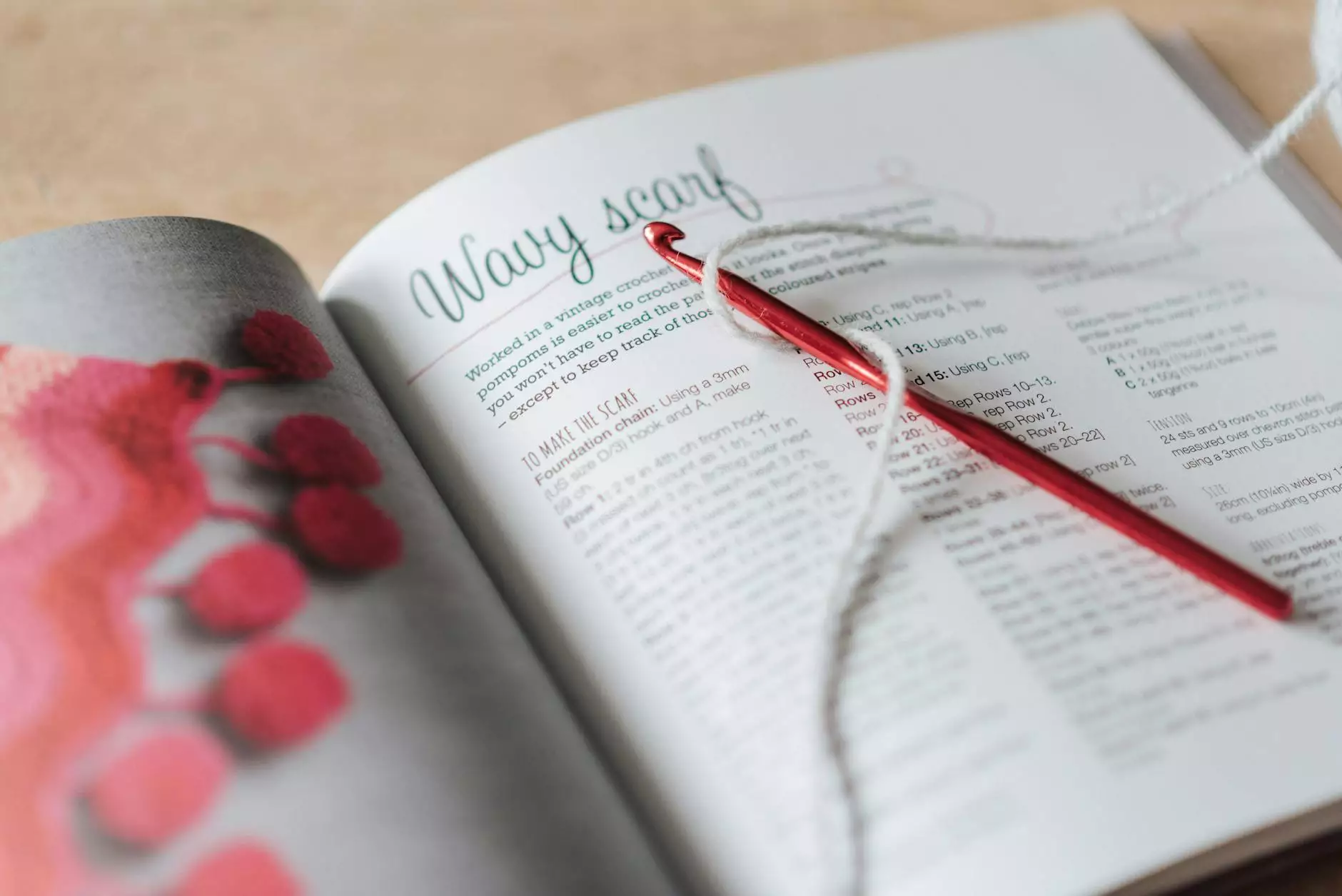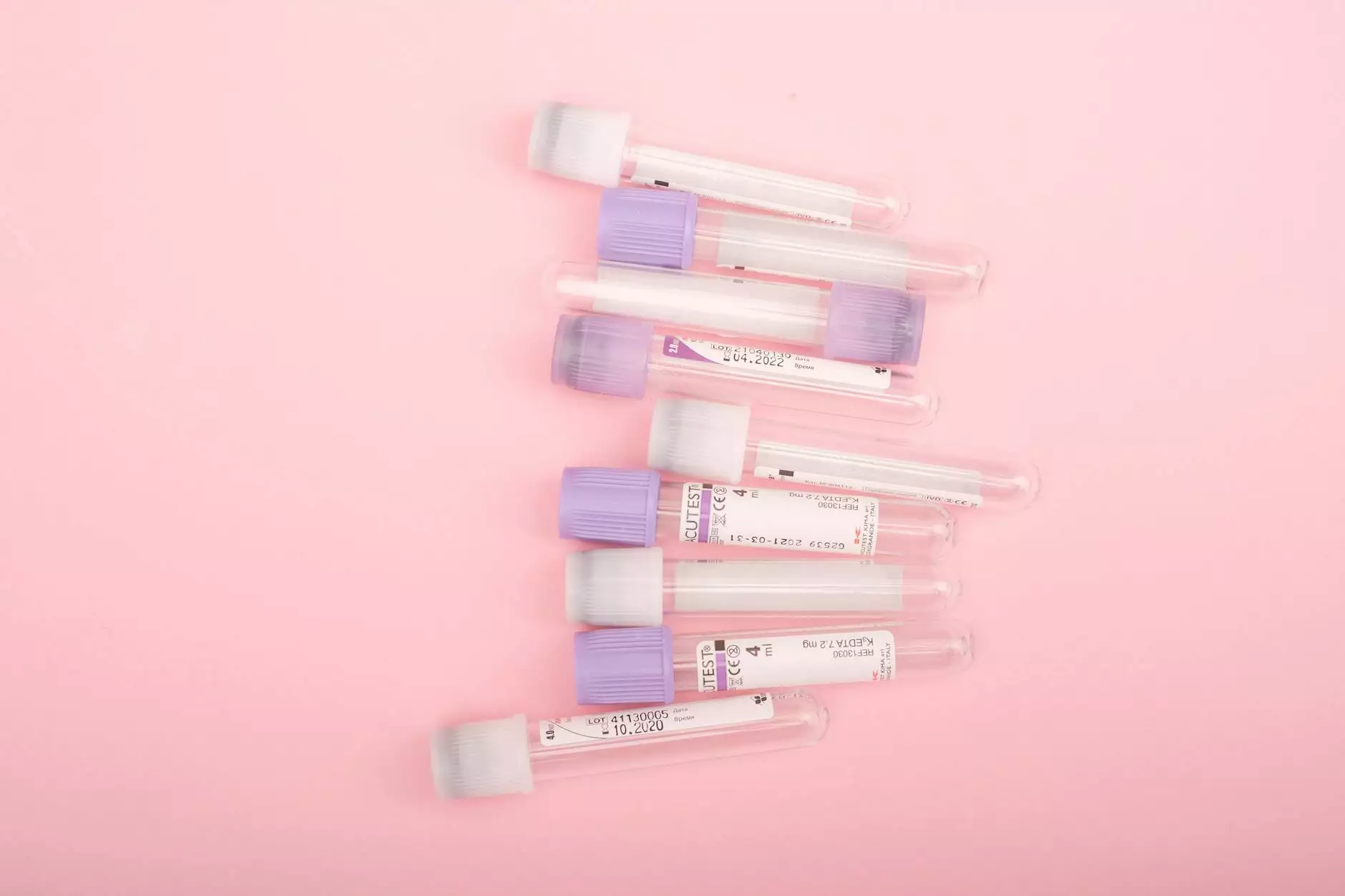Adenoidectomy: After Surgery Discharge Instructions

Introduction
Thank you for choosing Foley James D MD for your adenoidectomy procedure. We understand that post-surgery care is crucial to ensure a smooth and comfortable recovery process. This page provides comprehensive instructions to guide you towards a successful recovery after your adenoidectomy.
What is Adenoidectomy?
Adenoidectomy is a surgical procedure aimed at removing the adenoids, which are small glands located above the back of your throat. This procedure is usually recommended when the adenoids become enlarged or infected, causing various symptoms such as breathing difficulties, chronic sinusitis, or recurrent ear infections.
Precautions
After your adenoidectomy, it is essential to take certain precautions to minimize the risk of complications and ensure a speedy recovery. Follow these guidelines:
1. Rest and Recovery
Allow yourself sufficient time to rest and recover. Avoid strenuous activities, heavy lifting, and intense exercise for at least a week following the surgery. Resting will help your body heal and reduce the chances of post-operative bleeding.
2. Medication
Your doctor may prescribe pain medication and antibiotics to manage post-surgical discomfort and prevent infection. Follow the prescribed dosage and schedule strictly, even if you start feeling better. Contact your doctor if you experience any unusual side effects.
3. Nasal Saline Rinses
After an adenoidectomy, it is common to experience nasal congestion and discomfort. Your doctor may recommend saline nasal rinses to keep your nasal passages moisturized and promote healing. Follow the provided instructions for proper administration.
4. Diet and Hydration
Stick to a soft and cool diet for the first few days after surgery. Avoid hot and spicy foods as they can irritate the surgical site. Consume plenty of fluids to stay hydrated and promote healing. Avoid using straws as they may cause bleeding.
5. Avoid Irritants
Avoid exposure to irritants such as smoke, dust, and strong chemical odors, as they can slow down your healing process and increase the chances of infection. Create a clean and well-ventilated environment to aid your recovery.
Recovery Tips
Here are some additional tips to optimize your recovery after an adenoidectomy:
1. Follow-up Appointments
Make sure to attend all the scheduled follow-up appointments with your doctor. These visits are crucial to monitor your progress, address any concerns, and remove any dissolvable packing that may have been inserted after surgery.
2. Oral Hygiene
Maintain good oral hygiene by brushing your teeth gently and avoiding any vigorous rinsing or gargling. This will help prevent infection and promote healing.
3. Comfort Measures
Use a cool mist humidifier in your room to reduce nasal dryness and promote better sleep. Applying a cold pack to the outside of your cheek can help alleviate swelling and discomfort.
4. Communication
If you experience any excessive bleeding, severe pain, persistent fever, or other concerning symptoms, do not hesitate to contact your doctor immediately. Clear and timely communication is crucial during the recovery period.
Conclusion
At Foley James D MD, we prioritize your well-being and strive to provide the highest standard of care for all our patients. These post-adenoidectomy discharge instructions aim to guide you through your recovery process and ensure a successful outcome. Remember to adhere to the precautions, follow the provided guidelines, and reach out to your doctor if you have any concerns. We wish you a speedy and comfortable recovery.










